
Two years after the devastating 2023 Lahaina fire, a catastrophic event that claimed 102 lives, destroyed 2,200 buildings, and displaced 8,000 residents in a town of 13,000, the path to recovery remains deeply complex and profoundly challenging. The blaze, fueled by hot, dry winds from a nearby ocean hurricane, grew with terrifying speed, leaving an indelible mark on a history-drenched town once home to Hawaiian kings and queens, and a beloved destination for both visitors and residents at the edge of the Pacific. As the initial shock has receded, it has given way to a landscape of uncertainty, where financial constraints and an array of logistical obstacles continue to impede the monumental effort to rebuild.
The recovery is not a singular, uniform process but a deeply layered and often uneven tapestry of progress and lingering pain. While some foundational work of the disaster response is complete—debris removed and the water system declared safe—many property owners find themselves caught in a quagmire of insufficient funds, bureaucratic hurdles, and the sheer emotional weight of their loss. This article delves into the multifaceted challenges confronting Lahaina, examining the critical barriers that have slowed the return to normalcy and highlighting the systemic issues that require sustained attention and innovative solutions.
From the stark disparity between insurance payouts and actual rebuilding costs to the psychological trauma that permeates the community, the struggle to reconstitute Lahaina is a testament to the immense scale of the disaster. It is a story not just of structures lost, but of lives disrupted, legacies imperiled, and a community fighting to reclaim its identity. This first section will illuminate seven key areas where residents and officials have encountered significant hurdles, providing a comprehensive look at the intricate difficulties that define Lahaina’s ongoing recovery journey.
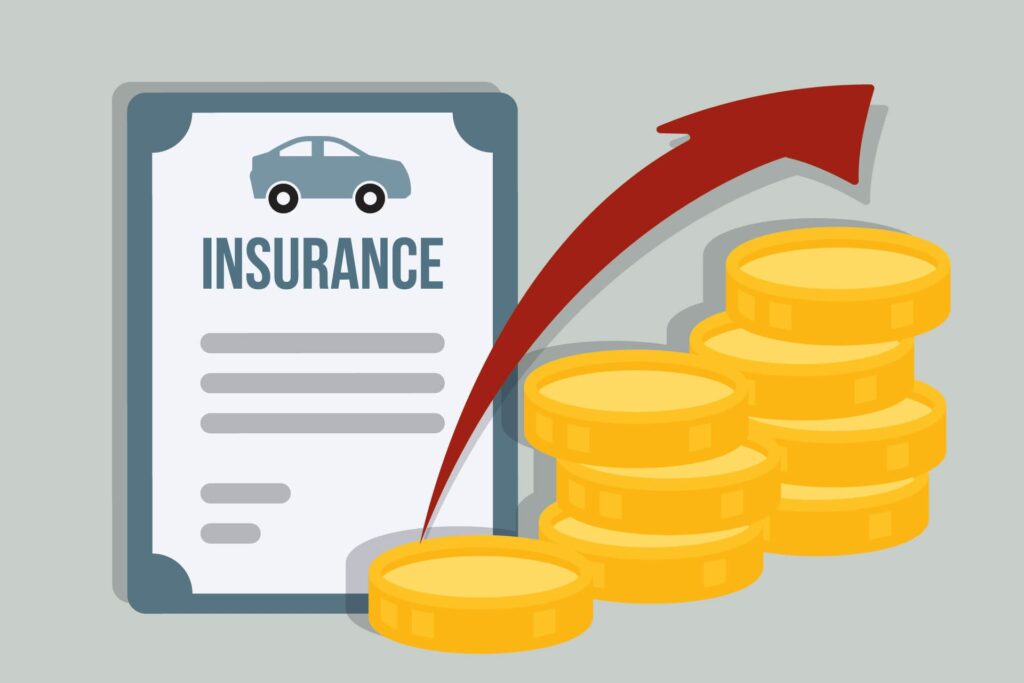
1. **The Deep Financial Chasm: Insurance Payouts vs. Rebuilding Costs**One of the most immediate and profound challenges facing Lahaina homeowners is the significant gap between what their insurance policies are paying out and the actual cost to reconstruct their properties. Jeremy DelosReyes, a carpenter whose ʻĀinakea Street house was completely leveled, received around $430,000 from his insurance. However, the estimated cost to rebuild his home stands at a staggering $1.2 million, not including the roughly $30,000 already spent on the permitting process.
This disparity is not an isolated incident. General contractor Brandy Cajudoy, a member of Maui’s long-term recovery group, observes that the average insurance claimant typically receives between $300,000 and $500,000. Yet, building a new home can range from $600,000 to $700,000. This leaves many families in a precarious financial position, where their payouts cover only a fraction of what is needed to restore their homes.
The reasons for these gaps are manifold. Insurance policyholders sometimes neglect to update their policies periodically to reflect the current value of their property, meaning coverage might be based on valuations from years ago. With the cost of rebuilding constantly escalating in today’s economy, policies that were once adequate are now woefully insufficient, exacerbating the financial strain on survivors.
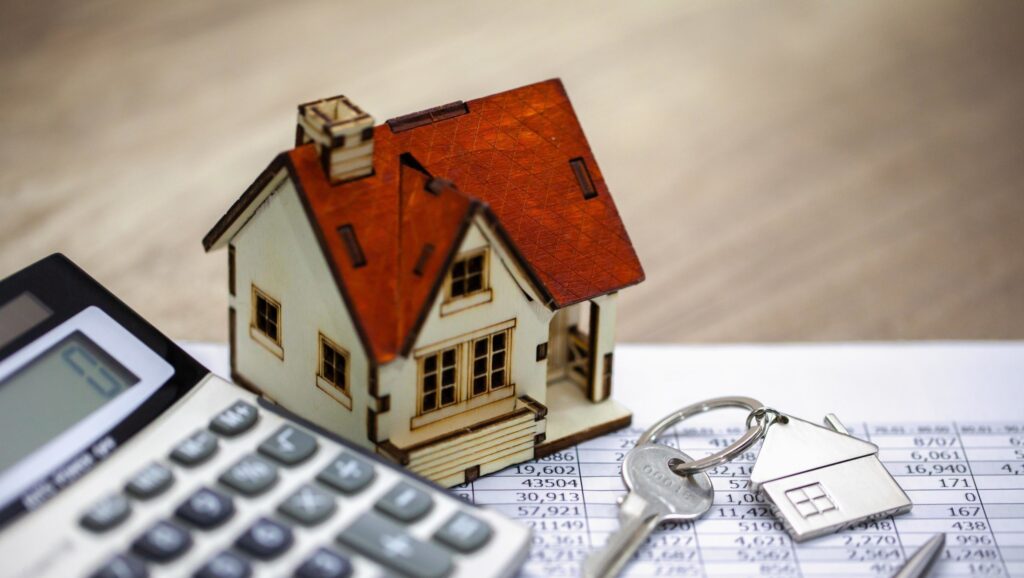
2. **The Weight of Dual Burdens: Mortgages on Lost Homes and Temporary Rents**For many Lahaina residents, the financial strain extends beyond rebuilding costs to the crushing burden of ongoing expenses for properties that no longer exist. Homeowners like Jeremy DelosReyes must continue to pay their mortgages for charred properties, all while simultaneously paying rent for temporary accommodation. This double financial obligation creates an almost impossible situation for families trying to stabilize their lives.
State Sen. Angus McKelvey, whose own home burned down in the fire, succinctly articulated this plight, stating, “People still have to pay mortgages for places they can’t even live in.” This ongoing debt for a destroyed asset, combined with the necessity of renting elsewhere, quickly drains any remaining financial resources and pushes families further into hardship, making the prospect of rebuilding seem distant and unattainable.
The situation is particularly dire for those who had multiple properties. Theodore King, for example, lost three houses—one he lived in and two rentals—along with equipment for his personal watercraft business. While insurance paid off his mortgage, he noted that “not much money was left, certainly not enough to rebuild.” This leaves individuals and families in a state of limbo, struggling to envision a clear path forward without substantial financial reserves.

3. **A Stuttering Start: The Slow Pace of Residential and Business Rebuilding**Nearly two years after the fire, the physical reconstruction of Lahaina is proceeding at a dishearteningly slow pace. As of a recent update, only 45 residential structures had been rebuilt, representing a mere 2% of the homes lost in the fire. While more than 330 applications are in the permitting process and over 400 other projects have been permitted, the actual completion rate lags significantly.
The former tourist district’s businesses, once the economic lifeblood of the town, have fared no better; none have been rebuilt. Scott Kirby, owner of Outrageous Surf, lost his Front Street shop, all his boards, and equipment. For months, he had no work and no income, as tourism sharply declined, resulting in an estimated $1.5 billion in lost revenue for the island in the first eight months after the fire. Many businesses, like Kirby’s, are still operating without a physical space, relying on online sales and mobile operations.
This slow recovery means that the landscape of Lahaina is still dominated by empty lots and construction zones, creating a profound sense of loss and an absence of the vibrant community that once thrived there. The lack of rebuilt businesses also hinders economic recovery and the return of a sense of normalcy for residents, further deepening the challenges of community reintegration.

4. **The Unseen Vulnerability: Homeowners Without Adequate Insurance Coverage**An often-overlooked segment of the Lahaina population facing immense hardship comprises homeowners who either had no homeowners insurance at all or were severely underinsured. People without mortgages, who may have paid off their homes or inherited family property, are not legally required to carry insurance, leaving them with absolutely nothing in the wake of total destruction. This vulnerability became a stark reality for many families.
For these individuals, assistance is largely limited to up to $41,000 from the Federal Emergency Management Agency (FEMA) and charitable donations. As Brandy Cajudoy emphasized, “They have absolutely nothing.” This critical lack of financial protection means that their journey to rebuild relies entirely on external aid, which, while valuable, rarely covers the full cost of reconstruction.
This gap highlights a systemic issue within disaster preparedness and recovery, where long-term homeowners, often with deep community roots, are left exceptionally exposed. The emotional toll of losing not just a home but a family legacy, without the means to restore it, is profound, pushing some to consider selling their cherished ancestral lands.
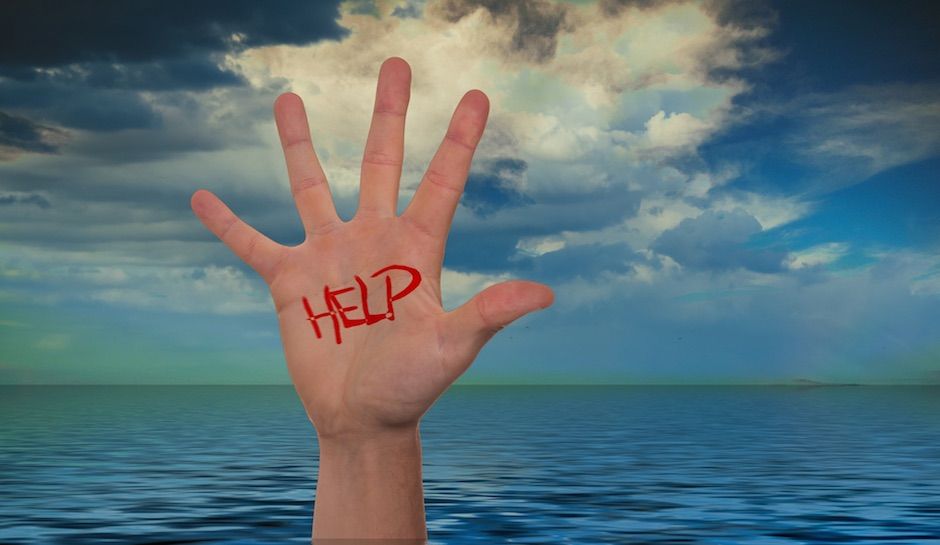
5. **Beyond Material Loss: The Enduring Trauma and Emotional Scars**Beyond the tangible destruction, the Lahaina fire inflicted deep psychological trauma on survivors, an obstacle as significant as any financial or logistical hurdle. Jennifer Gray Thompson, CEO of After The Fire, an organization aiding communities after megafires, noted, “Your fire was particularly traumatizing.” Many residents are grappling with profound grief, distress, and a pervasive sense of unease.
Joe Pluta, a 76-year-old longtime resident who escaped his burning home by jumping out a window, recounts the immense emotional burden. He found the rebuilding process too daunting and frequently broke down crying uncontrollably when driving through his devastated neighborhood. “It’s like a wave of misery,” he said, lamenting that “some of my neighbors are dead.” The collective grief for lost loved ones, homes, and a way of life creates a challenging environment for forward momentum.
Stephanie Evans, a single mother who returned to her rebuilt home, expressed her own fears: “Am I gonna feel the fear that I felt when the winds came that day?” This lingering trauma was particularly evident during a tsunami warning evacuation in July, when drivers went off-road to bypass gridlocked traffic, demonstrating the community’s heightened anxiety. True recovery, Evans acknowledges, will simply take more time, as residents learn to process and live with these deeply ingrained fears.
Read more about: From Hollywood to the Highway: Inside Keanu Reeves’ Motorcycle Obsession and How It Shaped His Life
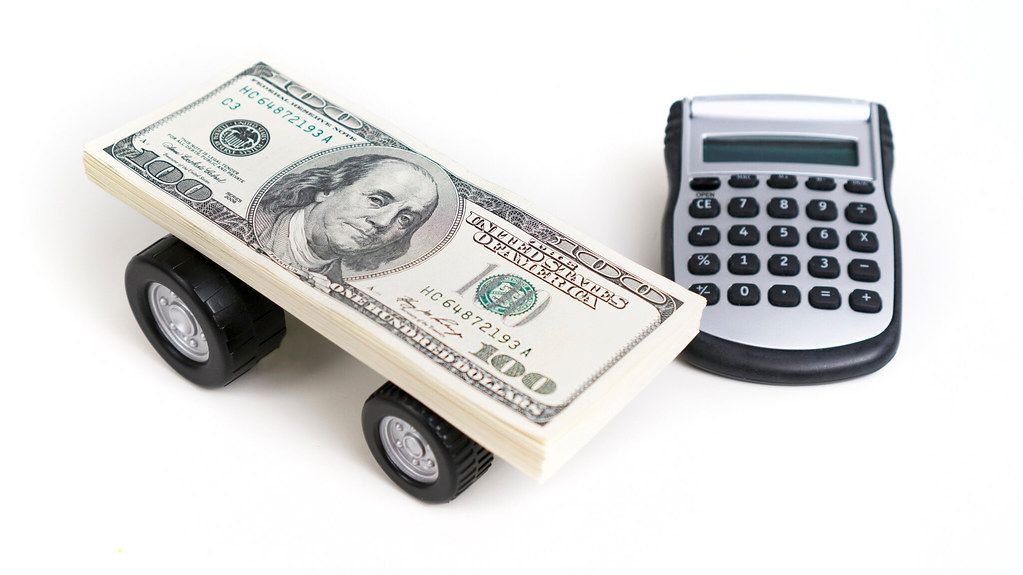
6. **Logistical Labyrinth: Supply Chain Bottlenecks and Soaring Material Costs**Even for those with the financial capacity to rebuild, the practicalities of home construction in Lahaina are fraught with difficulties. The challenges are amplified by the town’s remote location and its status as a historic district vulnerable to sea level rise. Early on, there were problems sourcing essential materials like cement, and now, a shortage of trusses plagues builders. Orders for windows are backed up, creating significant delays for projects.
Moreover, the costs of labor and materials, such as drywall, continue to rise, exacerbated by tariffs and broader economic pressures. State Sen. Angus McKelvey highlighted this, stating, “Now all of a sudden you’re seeing material costs skyrocketing. Imagine trying to rebuild your life on top of that.” This unpredictable economic environment makes budgeting for reconstruction incredibly difficult and further widens the gap between available funds and actual expenses.
Property owners also face additional, often unexpected, expenses. For example, those in historic districts or environmentally sensitive areas may need to hire archaeologists or environmental consultants, costing thousands or even tens of thousands of dollars. McKelvey argues that “the money needs to go not to consultants, but to the rebuild,” pointing to the added layers of complexity and expense that divert crucial funds from the physical reconstruction itself.
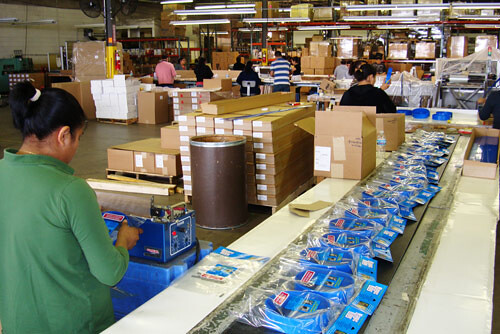
7. **The Scarcity of Hands: Labor Shortages and Contractor Concerns**A significant impediment to rapid rebuilding is the acute shortage of construction labor in Maui. Rick Nava, a Lahaina community advocate, believes this existing worker shortage has been exacerbated by recent Immigration and Customs Enforcement activity, leading to skilled workers “hiding” and becoming unavailable for critical construction projects. This scarcity drives up labor costs and prolongs construction timelines, frustrating homeowners and developers alike.
Finding qualified and trustworthy contractors is another major concern for fire victims. There are valid worries about unscrupulous contractors taking owners’ money and not finishing the job, preying on the vulnerability of those desperate to rebuild. This adds another layer of risk and stress for survivors already navigating a complex and emotionally charged process, making careful vetting and community support crucial.
The overall impact of these labor and material challenges is a piecemeal reconstruction effort. Looking down Komo Mai Street, Stephanie Evans observes a “patchwork” of progress: some homes occupied, others with only framing or foundation, and many empty lots slowly being reclaimed by greenery. This unevenness reflects individual healing journeys, but also the systemic bottlenecks that prevent a coordinated, rapid return for the entire community, prolonging the collective waiting game for Lahaina to truly rise from the ashes.”
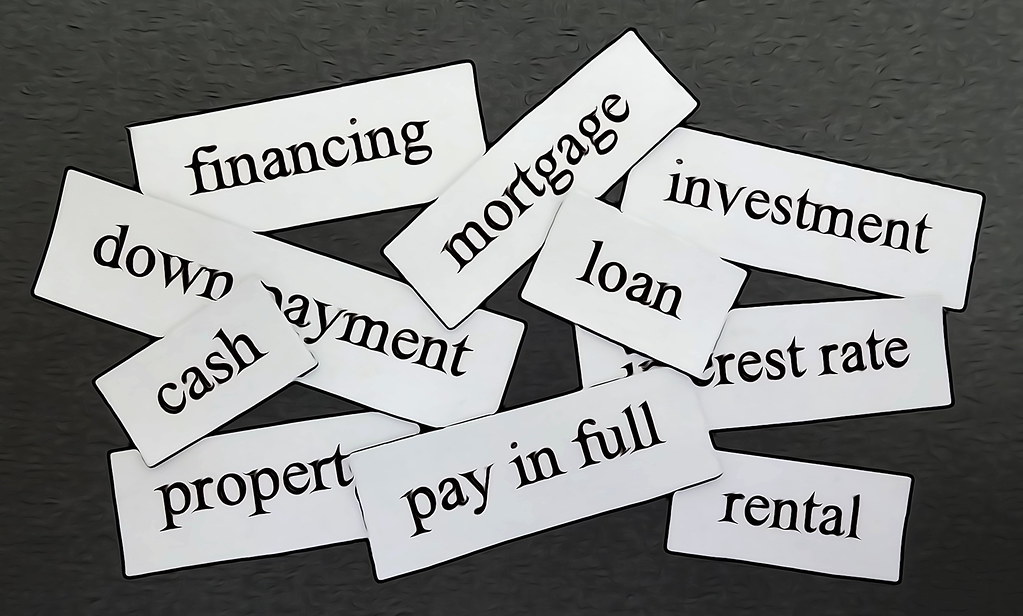
8. **Strategic Planning and Foundational Progress for Future Growth**Amidst the profound challenges, tangible signs of progress are beginning to emerge, rooted in a strategic vision for Lahaina’s future. John Smith, Maui Recovery Director, articulated a budding sense of optimism, noting, “But as we get through this next year, you’re going to see more and more hope as we move forward because we have a plan and we have funding.” This crucial combination of a clear roadmap and allocated resources is designed to instill a greater sense of certainty in the recovery trajectory.
Much of the foundational work, essential for subsequent development, has been completed. All debris has been removed from residential and commercial properties, and its monthslong relocation to central Maui is almost halfway complete, a significant milestone in clearing physical remnants. The water system was declared clear of contamination a year after the fire, and the county water department now connects properties within one to two weeks. By April, the sewer system also achieved 100% restoration.
Proactive county property purchases are creating wider evacuation routes, directly addressing lessons learned from Kuhua Camp where better escape paths might have saved lives. Maui Mayor Richard Bissen emphasized a forward-looking perspective, asserting, “To me, recovery is taking a step forward every day.” This sentiment underscores the philosophy that even small, consistent advancements contribute to the larger goal of comprehensive recovery.
These foundational steps, from debris management to infrastructure restoration and strategic land acquisition, are not just about rebuilding structures; they are about laying a resilient groundwork for a safer, more sustainable Lahaina.
Read more about: Devon: Unveiling the Enduring Spirit of England’s Southwestern County
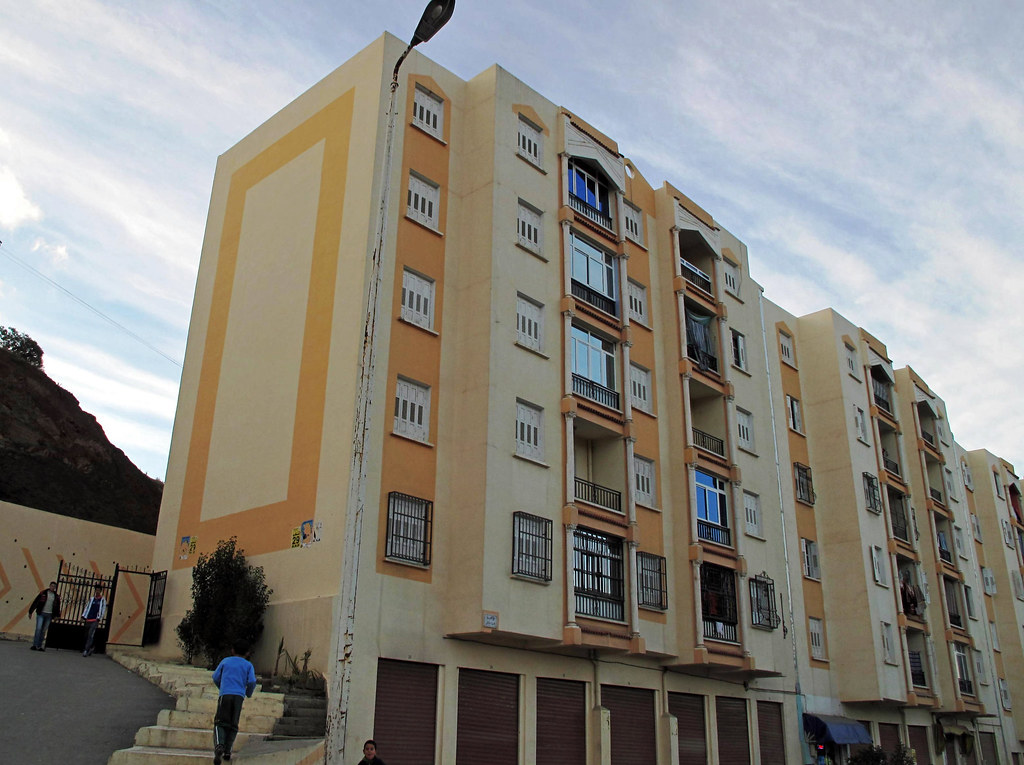
9. **Streamlining the Permitting Process for Faster Rebuilding**Recognizing efficient administrative processes as crucial, Maui County streamlined its building permit system. Lengthy prior permit times created immense stress for fire victims, prompting the county to hire 4Leaf specifically to manage disaster recovery permits. This strategic outsourcing has yielded remarkable results in terms of processing efficiency.
What once took approximately a year for permit approval in the pre-fire era has now been dramatically reduced to an average of three to four weeks for disaster recovery projects. This substantial improvement is a testament to the dedication to overcoming bureaucratic bottlenecks and facilitating a quicker return for residents.
The expedited permitting rate achieved in Lahaina is notably faster than that observed in the aftermath of some other megafires, underscoring the effectiveness of the implemented changes. This commitment ensures administrative procedures do not unduly prolong the emotional and financial strain on survivors, allowing them to translate their plans into concrete action more rapidly.
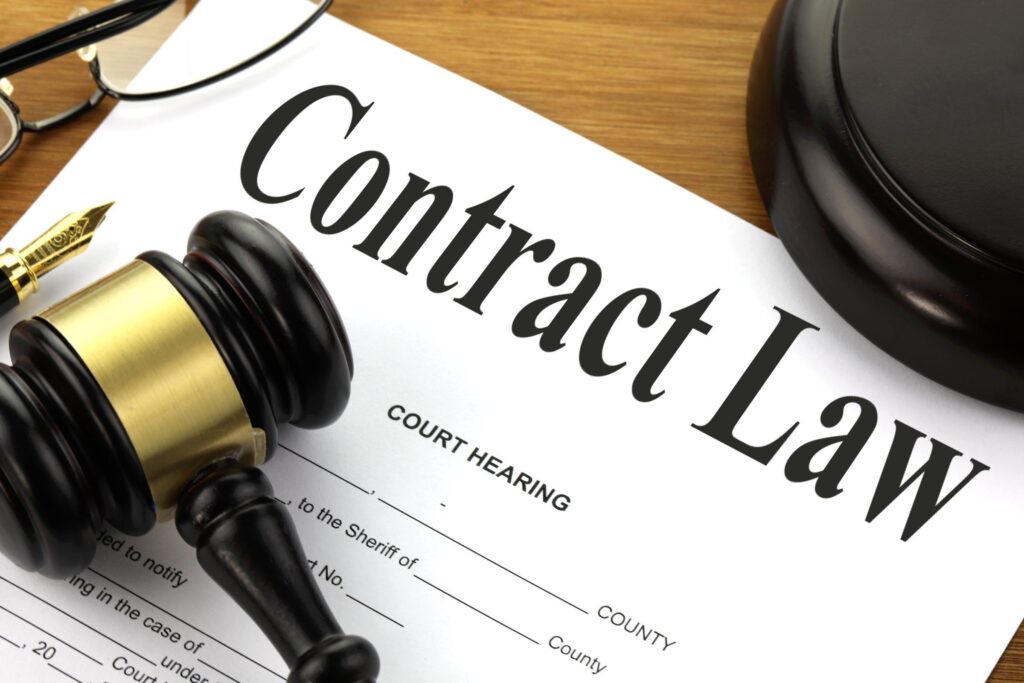
10. **Financial Infusions: Lawsuit Settlements and Federal Programs**A significant injection of financial resources is on the horizon for Lahaina residents, offering a powerful catalyst for accelerating recovery and providing much-needed relief. A multi-billion-dollar lawsuit settlement, totaling approximately $4 billion, is anticipated to begin distributing payouts around the end of the year. This settlement is expected to be a critical source of capital for many who suffered catastrophic losses.
This substantial fund involves contributions from the State of Hawaiʻi, Hawaiian Electric, Maui County, Kamehameha Schools, West Maui Land Company, Charter/Spectrum, and Hawaiian Telcom. Recipients will include those present during the fire, those who lost family members, and those with property or business losses, addressing a wide spectrum of community needs.
Concurrently, Maui County is launching federally funded programs this month, offering up to $600,000 to homeowners, including provisions for first-time homebuyers. This dual approach of settlements and government programs provides a comprehensive financial safety net. Jennifer Gray Thompson, CEO of After The Fire, drew parallels to the 2018 Paradise, California fire, noting that lawsuit money accelerated rebuilding there, underscoring the potential transformative impact these upcoming financial infusions could have on Lahaina’s recovery.

11. **Community-Led Initiatives and Philanthropic Support**The spirit of *aloha* and collective action has blossomed in Lahaina, creating a robust network of community-led and philanthropic efforts. Organizations like the Lahaina Community Land Trust prevent displacement by ensuring Lahaina lands remain in family hands, safeguarding deep generational ties against financial hardship.
Philanthropic resources fill critical gaps. Charities like Habitat for Humanity and Mennonite Disaster Service rebuild homes free of charge for those in need, transforming empty lots into safe, new homes. Their work represents the profound impact of compassionate giving and volunteerism. The Ho’ōla iā Mauiakama Disaster Long Term Recovery Group provides crucial gap funding, offering up to $400,000 for homeowners who are either uninsured or underinsured.
Brandy Cajudoy, a general contractor and member of this group, powerfully conveyed a message of hope: “I feel like people who have no insurance feel like there’s no way to rebuild and I want them to know there is hope. There are donor dollars to get them home.” Beyond these, the Global Empowerment Mission (GEM), in partnership with the Stable Road Foundation and Maui Brewing Company, has generously gifted temporary tiny homes to several families.
Danielle Kawehi Dreis, GEM’s Executive Director, underscored her team’s personal commitment: “So, it’s really personal for all of us to make sure that Hawaiians and folks who are born and raised in Lahaina are able to get back to their land, back to their homes, and we don’t want to see anyone have to sell or not be able to move home or move off island because they just can’t afford to build.” These diverse support systems illustrate the profound resilience and interconnectedness of the Lahaina community.

12. **Individual Triumphs: The Palacio Family’s Return Home**The journey of Chris and Gina Palacio stands as a poignant testament to unwavering determination and charitable assistance. Chris Palacio, a Lahaina carpenter, had diligently bought his family home. Seeing it leveled left him struggling for words, yet ignited an unshakeable resolve to rebuild for his children.
“They want to stay here,” Chris recounted, adding, “So I told them, ‘OK, even though I don’t know how I’m going to do it, I’m going to find a way. No matter what.'” Despite a Small Business Administration loan and an insurance payout covering his mortgage, little remained for rebuilding. The Palacios faced daunting insufficient funds, receiving only a $700 federal check and no FEMA aid after $30,000 in planning and permitting expenses.
Through the generosity of Samaritan’s Purse, an evangelical Christian disaster relief organization, the Palacios’ dream became a reality. In July, their family moved into a new house on their property, a moment Chris described with immense gratitude. “We had been in the dark,” he expressed, “and that time is like lights came back on,” perfectly encapsulating the profound relief and renewed hope that settled over his family. While their new house is different and the surrounding neighborhood remains largely unrecognizable, Chris holds onto a vision of a restored community. “I love my neighborhood. I hope that nobody moves. I hope that everybody can stay,” he shared. The Palacios’ story is a powerful reminder that with determination and external support, individual families can indeed begin the slow but steady journey back to normalcy.

13. **The Ah Hee ʻOhana: A Beacon of Hope on Komo Mai Street**On Komo Mai Street, the Ah Hee ʻohana—Ariel and Mau Ah Hee and their two young sons—has emerged as a beacon of hope. Ariel initially thought rebuilding would take “at least two to three years,” yet their home was rebuilt in a remarkable six months, allowing them to celebrate Thanksgiving ahead of schedule.
Their success, Ariel noted with a laugh, largely stemmed from a crucial piece of advice: “My biggest piece of advice is to have a very good relationship with your contractor and to listen to their advice.” Working closely with their local contractor, Derrick Montalvo, who also happens to be Mau’s uncle, proved instrumental. Mau himself dedicated countless hours, working on the house before and after his regular job, often laboring late into the night, even without electricity, embodying the profound personal investment required.
This family’s journey is deeply rooted in community; they originally built their home in 2019 through Habitat for Humanity, helping neighbors—a network tragically destroyed by fire. The Ah Hees carry strong voyaging roots, with Mau’s father, Abraham “Snake” Ah Hee, an original Hōkūleʻa crewmember. This heritage of navigation and resilience resonated in their rebuilding. During the blessing of their home, Kumu Kaponoʻai Molitau shared, “We look at this home as a hoku pa’a, as a north star, that when everybody drives by now, it’s a beacon of hope.” Mayor Richard Bissen echoed this, welcoming the Ah Hee ʻohana home and declaring their residence “a symbol of resilience of unwavering determination of how our people will rise from what has happened here.” Across Lahaina and Kula, more than 250 building permits have been issued, with over 120 homes currently under construction, showing that the Ah Hees are not alone.
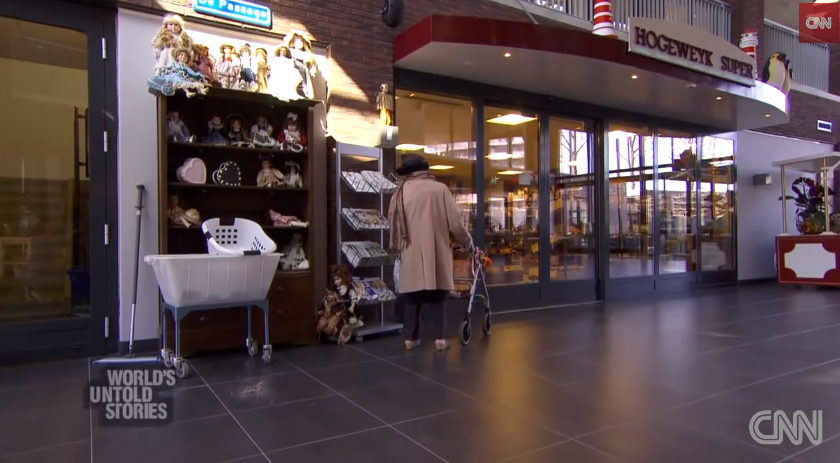
14. **Innovative Housing Solutions: Dignified Modular Homes at Kilohana**Lahaina is deploying innovative, dignified modular homes, a significant departure from traditional post-disaster temporary housing. These factory-built houses represent FEMA’s effort to upgrade from deteriorating travel trailers. Jordan Rogove, co-founder of DXA Studio and Liv-Connected, argued the previous paradigm was “inhumane,” emphasizing the need for “robust and thoughtful” housing that can “heal.”
At the edge of Lahaina, on a 34-acre site uphill from devastated blocks, the Kilohana development has rapidly taken shape. In seven weeks, 167 colorful Conexus modular homes were crane-set, offering faster delivery and longer life than trailers. Resident Letitia Iikahahane loved her new home, cherishing being “back home” and seeing familiar faces from her modest porch.
Conexus homes boast features enhancing comfort: 12.5-foot ceilings, wood-paneled walls, finished bathrooms/kitchens, and convivial porches. Rogove noted these domestic touches, like ample natural light, “lift people’s spirits” after trauma. Safety is paramount: exterior cement panels are non-combustible, grounds are gravel for fire mitigation, and homes meet Florida’s hurricane wind standards, also featuring solar panels for water heating, reducing electricity bills.
While residents can stay in these dwellings for up to five years, paying no more than 30 percent of their income in rent, the houses are designed for a 30-year lifespan and could potentially remain in place or be relocated. This longevity addresses the critical issue raised by Jordan Ruidas, co-founder of Lahaina Strong, who advocated for “long-term dignified housing,” and Maui County Councilperson Tamara Paltin, who explicitly stated, “We don’t want them rusting out and deteriorating in the salt breeze.” The average manufacturing cost ranged from $165,000 to $227,000 each, funded by FEMA, marking a significant investment in durable, humane solutions.
As Lahaina continues its arduous yet determined journey toward rebirth, the narrative shifts from the overwhelming scale of loss to the inspiring resilience of its people and the burgeoning signs of hope. While the scars of the 2023 wildfires remain, a powerful current of reconstruction, innovation, and community spirit is now palpably flowing through the town. From streamlined administrative processes and significant financial aid to the tireless work of philanthropic organizations and the deeply personal triumphs of families returning home, each step, however small, is a testament to an unyielding resolve.
The dignified modular homes rising on the hillsides and the collective commitment to preserving Lahaina’s unique cultural heritage underscore a vision not just of rebuilding structures, but of reconstituting a vibrant, interconnected community that refuses to be defined solely by its tragedy. Lahaina is not simply recovering; it is actively reimagining and rebuilding its future, one home, one family, and one shared dream at a time, illuminated by the enduring spirit of *aloha*.



